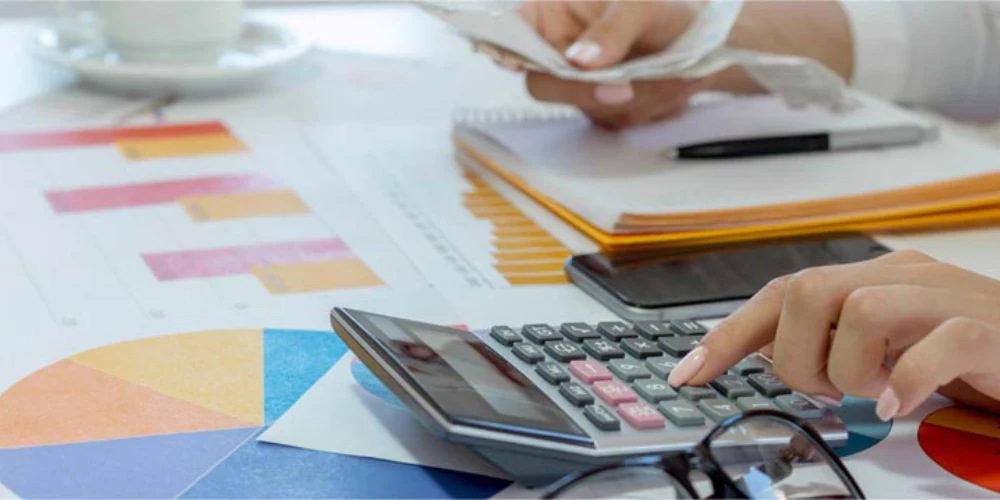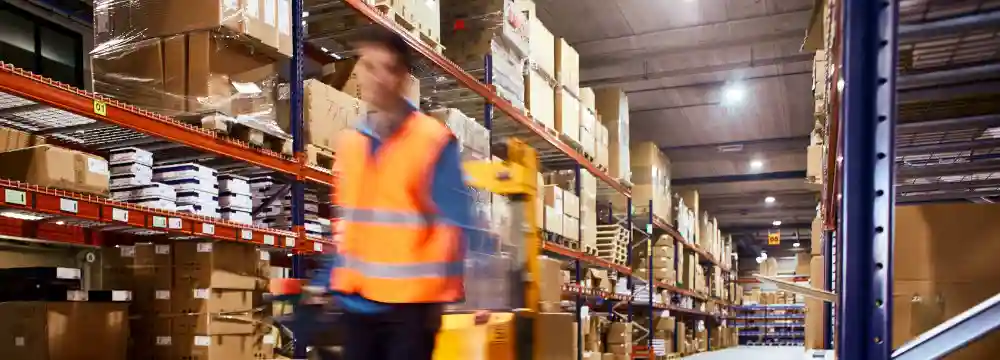The overwhelming complexity of China’s duty rates keeps people away from taking advantage of China. Firstly, imported and exported goods are subject to numerous taxes and duties. Different duty rates are issued for both different products and countries of origin. Secondly, certifications are double checked according to the legal requirements of the destination country. And lastly, the authenticity of products is reviewed–the proof about intellectual property rights (IPRs).
This article will give you a brief overview of the first aspect: China’s most important duties, fees, and taxes when dealing with customs.
There are a few general principals to follow. First of all, it should be noted that the vast majority of these taxes and duties only applies to imports–import duty rates China–the export industry is usually unrestricted for regular goods (like in most countries). It is recommended to conduct thorough research yourself prior to any trading taking place.
Fees, Taxes and Import Duty Rates China
As with most countries, there are 3 main types of taxes generally applied to products and are almost exclusively limited to imports:
- Value Added Tax (VAT)
- Consumption tax
- Custom Duties
Duty and tax free is unfortunately a category that is rather uncommon in international trade.
Value Added Tax (VAT)
Most imported goods to China must pay a VAT (as well as domestic taxes). VAT is paid at the time of customs clearance and is specifically an import tax. If your item is ordered and stopped at the border, the customs of your country will notify they are holding your shipment and will require payment before they release it.
The standard VAT rate in China is 17%; however, for certain products, a reduced rate is applied of 13%. Other countries are also subject to pay the VAT. For example, if you are importing products from China into the United Kingdom, the VAT rate is 20%. Often the VAT has to be paid in the countries to and from which you are exporting and importing. When exporting from China, the VAT can often be claimed back. Manufacturers are can assist you and are often doing that automatically.
Consumption Tax
The consumption tax is levied on goods such as luxury products and oil and may usually be applied on top of VAT. This means that the price after the VAT must be multiplied by the consumption tax.
A consumption tax is paid either as a proportion of the estimated value or on a quantity basis. Consumption tax payments should be made monthly—not when each shipment is made. Depending on the product, this tax rate varies significantly.
There are 5 main categories of products in which Consumption Tax is applied against in China:
- Products which damage one’s health or the environment (and the social order)
- Luxury Goods
- High Energy Consuming Goods
- Non-Renewable Products
- Significant Products
An example of products in which excess consumption results in damage to one’s health, social order or the environment would include things like tobacco and alcohol. High-end jewellery would be classified as a luxury good, while cars would be high energy consuming. Significant products refer to raw materials needed to make high use items such as tires.
The Consumption Tax rate can be as low as 5% on products such as alcohol, however on cigars the rate is 36%, therefore it is important to know the tax rate specific to your product, as there is no flat rate.
Import Duty Rates China
Custom duties can vary widely, with some items being tax exempt and others requiring 100% of the value to be taxed. It averages out to around 12.5%. Duties are usually the main topic in trade agreements. For instance, countries can agree on a “most favored nation” (MFN) status, which means that a country must not be treated less advantageously than any other country with MFN status by the promising country. The US and China have such an mutual agreement.
It is important to be completely clear before you import or export any goods to know fully what additional charges you may incur. In addition to this, taxes may apply in your own country, so further fees may apply.
For reference you should refer to China’s 2014 Customs Tariff Implementation Plan, as there are many different types of duties that can apply. The following list of duty rates may apply, but it is advised to check yourself to ensure you are not in for any surprises. Different import duty rates China:
- Conventional Duty Rates (Import Duty)
- Special preferential duty rates (Import Duty)
- General duty rates (Import Duty)
- Most-favoured-nation (MFN) duty (Import Duty)
- Tariff Rate quota (TRQ) duty (Import Duty)
- Temporary duty rates (Import Duty)
Export duties are required to be paid on selected few resource and semi-manufactured goods from China. Currently China imposes them as a temporary tariff on coal, crude oil, iron alloy and chemical fertilizers to protect domestic resources.
Furthermore, you should be aware of certain prohibited items. Certain items are allowed to be brought in, but depending on certain rules they may need to be declared and accompanying documentation provided or for applicable taxes to be paid. More detailed information can be found here.
Many things have to be considered so that the interaction with customs can be just a pleasant conversation.
The World Customs Organization (WCO)
The World Customs Organization is an association containing 180 different countries. Its leading role is to be the global centre of customs expertise and offer advice and be instrumental in “discussion, development, promotion and implementation of modern customs systems and procedures”.
China is currently a member of the WCO, and, through this relationship, is trying to further its economic growth. The WCO assists China by protecting national security, implementing standard procedures in regards to imports and exports. China benefits from receiving advice on custom procedures and support in collecting custom revenues by being a member.
Therefore, international development regarding custom topics is most likely also connected and relevant to China. Further information about customs procedure and discussions about outlooks can be accessed through the WCO.






